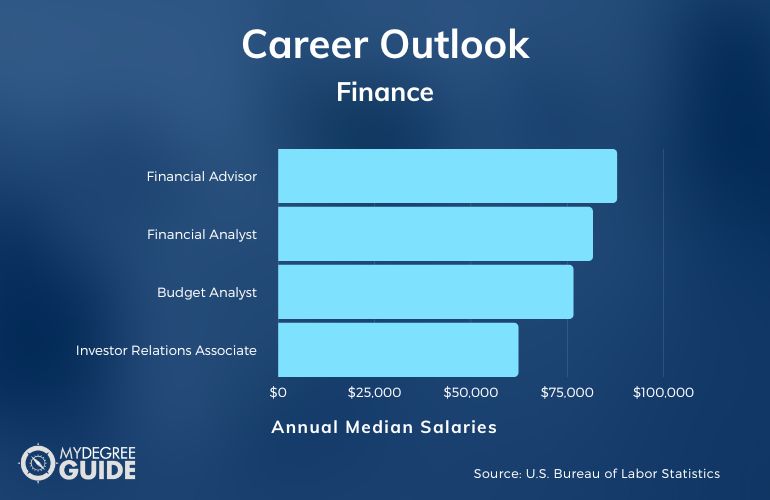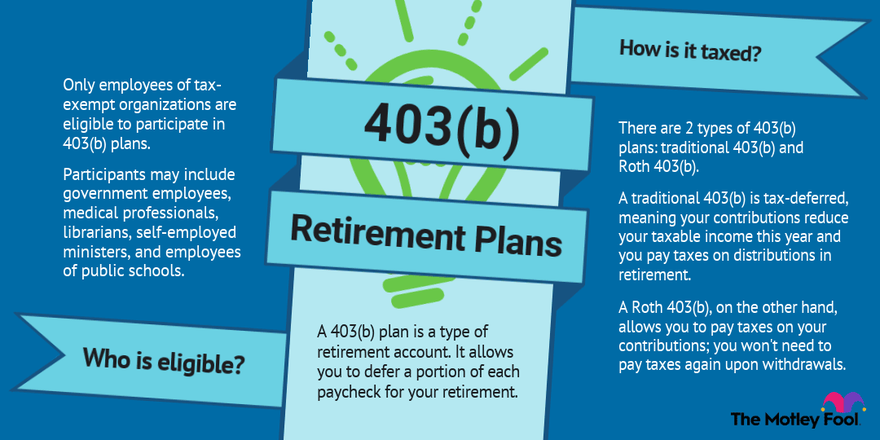
It has many features that make managing and investing your money easy. It has a customizable investment option and a straightforward brokerage interface. An average 401(k) plan offers eight to twelve investment options, which range from mutual funds to stocks to variable annuities and other assets.
Investing in low-cost index funds
Low-cost index funds can help you grow your retirement savings. However, many 401(k) plan participants are not familiar with investing. If you want to get the most out of your retirement savings, you should educate yourself about the various investment options. Even if your employer offers pre-designed portfolios it is important that you understand what they are and how to use them.
Index funds, which are low-cost mutual funds, follow a specific financial indicator. These funds mimic the performance and can be a cost-effective alternative to actively managed funds. They can be mutual funds, exchange-traded funds or both. They cover both international and stock investment styles. Some track obscure or exotic asset types that are not included in traditional 401(k).

401(k) custodian's ease-of-use
If your company runs a 401(k) plan, the custodian is responsible for the administration and record keeping of your plan. They issue statements for participants, prepare required reports to the government and answer participant questions. They also make sure the plan's fees are paid. There are many factors to consider before selecting a custodian for your 401(k) plan.
Look first for ease-of-use. It should be easy for a 401(k), custodian to make funds transferable and to view account balances. Also, you should find out if you are able to set up automatic payments. This is particularly important if you don't have a lot of experience with 401(k) plans.
Investment options offered by 401(k) plan providers
Employees have the option to choose how they want to invest their 401(k). Employers also have the option of matching an employee's contribution with company stock. This allows the employer to invest a higher percentage of an employee's salary into the plan, which can strengthen the employee's commitment.
Variable annuities can be an option for 401(k) plans. These investments combine mutual fund investing with insurance benefits. These investments offer a longer time horizon and the opportunity to compound earnings and recover losses. Some of these investments might also provide regular income, or capital preservation.

Fees charged by 401(k), plan provider
Administrative fees are charged by 401 (k) plan providers in order to maintain the plans and manage the investments. These fees include expenses such as plan setup, recordkeeping, auditing and compliance. Some providers also charge for investment advice, customer service representatives, and Web site hosting. These fees may be paid in full by the employer. The plan provider should be transparent about the fees they charge and provide all pertinent information in their fee disclosure documents.
The Department of Labor issued two rules in 2012 that required plan sponsors to disclose the fees charged their 401k providers. These rules require service suppliers to give clear information about the fees they charge. It also provides plan sponsors with the information necessary to make the best possible decisions for plan members. However, plan participants believe they do not pay for their 401k plans despite these rules.
FAQ
What is retirement planning exactly?
Planning for retirement is an important aspect of financial planning. It allows you to plan for your future and ensures that you can live comfortably in retirement.
Retirement planning involves looking at different options available to you, such as saving money for retirement, investing in stocks and bonds, using life insurance, and taking advantage of tax-advantaged accounts.
Who Should Use A Wealth Manager?
Everyone who wishes to increase their wealth must understand the risks.
Investors who are not familiar with risk may not be able to understand it. They could lose their investment money if they make poor choices.
This is true even for those who are already wealthy. Some may believe they have enough money that will last them a lifetime. They could end up losing everything if they don't pay attention.
As such, everyone needs to consider their own personal circumstances when deciding whether to use a wealth manager or not.
What is risk management and investment management?
Risk Management is the practice of managing risks by evaluating potential losses and taking appropriate actions to mitigate those losses. It involves identifying, measuring, monitoring, and controlling risks.
Risk management is an integral part of any investment strategy. The objective of risk management is to reduce the probability of loss and maximize the expected return on investments.
The key elements of risk management are;
-
Identifying the risk factors
-
Monitoring and measuring the risk
-
Controlling the Risk
-
How to manage risk
How To Choose An Investment Advisor
The process of choosing an investment advisor is similar that selecting a financial planer. Consider experience and fees.
An advisor's level of experience refers to how long they have been in this industry.
Fees refer to the cost of the service. You should compare these costs against the potential returns.
It's important to find an advisor who understands your situation and offers a package that suits you.
Statistics
- According to Indeed, the average salary for a wealth manager in the United States in 2022 was $79,395.6 (investopedia.com)
- US resident who opens a new IBKR Pro individual or joint account receives a 0.25% rate reduction on margin loans. (nerdwallet.com)
- According to a 2017 study, the average rate of return for real estate over a roughly 150-year period was around eight percent. (fortunebuilders.com)
- Newer, fully-automated Roboadvisor platforms intended as wealth management tools for ordinary individuals often charge far less than 1% per year of AUM and come with low minimum account balances to get started. (investopedia.com)
External Links
How To
How To Invest Your Savings To Make Money
Investing your savings into different types of investments such as stock market, mutual funds, bonds, real estate, commodities, gold, and other assets gives you an opportunity to generate returns on your capital. This is called investing. This is called investing. It does not guarantee profits, but it increases your chances of making them. There are various ways to invest your savings. One of these options is buying stocks, Mutual Funds, Gold, Commodities, Real Estate, Bonds, Stocks, ETFs, Gold, Commodities, Real Estate, Bonds, Stocks, Real Estate, Bonds, and ETFs. These methods will be discussed below.
Stock Market
Because you can buy shares of companies that offer products or services similar to your own, the stock market is a popular way to invest your savings. Also, buying stocks can provide diversification that helps to protect against financial losses. If oil prices drop dramatically, for example, you can either sell your shares or buy shares in another company.
Mutual Fund
A mutual fund is a pool of money invested by many individuals or institutions in securities. They are professionally managed pools with equity, debt or hybrid securities. Its board of directors usually determines the investment objectives of a mutual fund.
Gold
Long-term gold preservation has been documented. Gold can also be considered a safe refuge during economic uncertainty. Some countries use it as their currency. In recent years, gold prices have risen significantly due to increased demand from investors seeking shelter from inflation. The price of gold tends to rise and fall based on supply and demand fundamentals.
Real Estate
Real estate can be defined as land or buildings. If you buy real property, you are the owner of the property as well as all rights. Rent out part of your home to generate additional income. You might use your home to secure loans. The home may also be used to obtain tax benefits. Before buying any type property, it is important to consider the following things: location, condition and age.
Commodity
Commodities can be described as raw materials such as metals, grains and agricultural products. As commodities increase in value, commodity-related investment opportunities also become more attractive. Investors who wish to take advantage of this trend must learn to analyze graphs and charts, identify trends and determine the best entry point to their portfolios.
Bonds
BONDS ARE LOANS between governments and corporations. A bond is a loan agreement where the principal will be repaid by one party in return for interest payments. Bond prices move up when interest rates go down and vice versa. A bond is purchased by an investor to generate interest while the borrower waits to repay the principal.
Stocks
STOCKS INVOLVE SHARES of ownership in a corporation. Shares only represent a fraction of the ownership in a business. If you own 100 shares, you become a shareholder. You can vote on all matters affecting the business. You also receive dividends when the company earns profits. Dividends can be described as cash distributions that are paid to shareholders.
ETFs
An Exchange Traded Fund (ETF) is a security that tracks an index of stocks, bonds, currencies, commodities, or other asset classes. ETFs trade just like stocks on public stock exchanges, which is a departure from traditional mutual funds. The iShares Core S&P 500 eTF (NYSEARCA – SPY), for example, tracks the performance Standard & Poor’s 500 Index. Your portfolio will automatically reflect the performance S&P 500 if SPY shares are purchased.
Venture Capital
Venture capital refers to private funding venture capitalists offer entrepreneurs to help start new businesses. Venture capitalists can provide funding for startups that have very little revenue or are at risk of going bankrupt. They invest in early stage companies, such those just starting out, and are often very profitable.